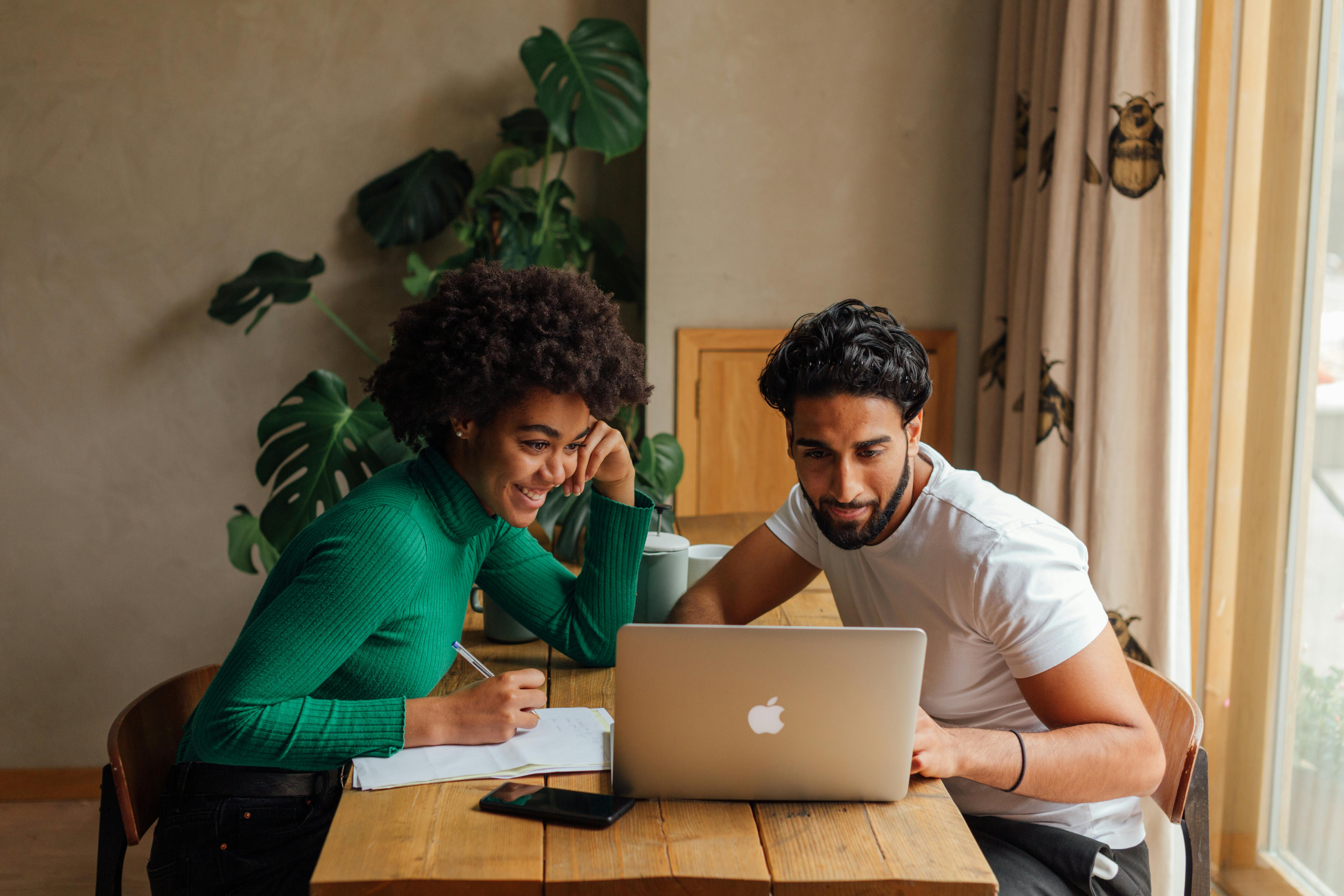OpenAI’s New Viral Art-Generating Tool and Its Potential for Teaching
OpenAI’s new and improved art-generating capabilities have led to a Studio Ghibli-style viral trend and millions of users. What does it mean for the classroom?
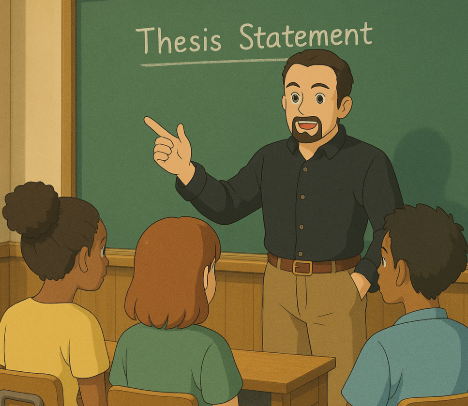
OpenAI’s new image-generating tool through its GPT-4o model has gone viral with a vengeance. Designed to create better images, the free tool has earned OpenAI millions of new users and led to the social media proliferation of images in the style of Studio Ghibli, the beloved Japanese animation studio behind iconic films from Hayao Miyazaki.
As with any AI trend of this magnitude, OpenAI’s new ChatGPT-linked image generator is bound to make its way into the classroom whether teachers want it to or not, so I recently began exploring some of its features in general, and its potential for teaching, overall.
My verdict is that it's the most impressive AI image-generating tool I’ve worked with and has a good deal of teaching potential, particularly when it comes to classroom prep. However, its knowledge of biology left something to be desired, and it brings with it a hornet's nest of ethical questions and concerns.
What OpenAI’S New Art Generating Tool Does Well
The new art-generating capabilities from OpenAI’s GPT-4o model create better-looking and more natural and realistic-feeling images than other AI generators I've tried, even when it’s creating fantasy scenes. For instance, the image below of a dragon flying over New York, though not spectacular, is better than images I’ve created with other AI art generators.
My prompt: Can you create an image of a dragon flying over New York City for me? The dragon should look like a classic fantasy dragon but the city should be realistic looking.

I also was able to use the tool to generate some potential writing class materials for teaching students to create thesis statements. Though getting what I actually wanted probably took more time, if less mental effort, than creating an illustration on my own would have.
My prompt: You are a college professor teaching an introductory course in English composition to freshman students. Can you create a diagram that visually illustrates how to write a thesis statement in the Ghibli Studio style?
Tech & Learning Newsletter
Tools and ideas to transform education. Sign up below.

My follow-up prompt: Please create a new image that gives examples of an arguable thesis and one that does not. This example should argue for or against the benefits of AI in education.
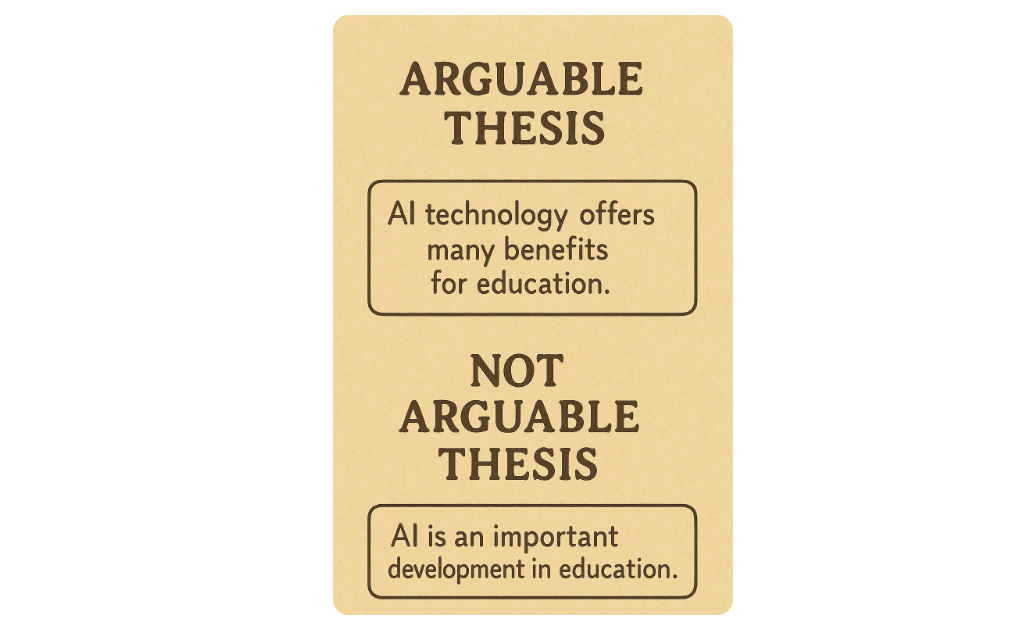
This is a good overview, but I thought the example of an arguable thesis could be strengthened by providing more reasons, and that the whole illustration could use a visual upgrade. Getting the AI to do this took a few tries.
Finally, the AI produced this:
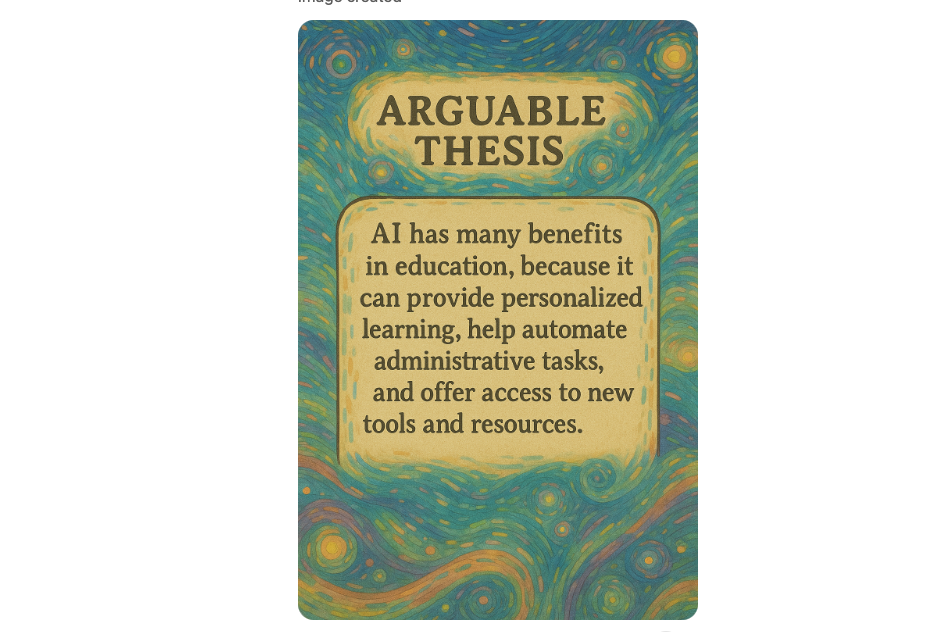
Where OpenAI's New Art Generator Fell Short With Teaching
Even though I was ultimately pleased with the example generated above, it took me a while to get there. As mentioned, it would have been quicker for me to just type out a few examples on my own and paste these against a generic slideshow backdrop.
When I first started teaching and would constantly second-guess myself, a tool such as this probably would have saved time. But I do wonder if the process of creating examples on my own helped me clarify my thoughts on the topics I teach and develop as a teacher, which might've been lost by using AI.
More troubling was my attempt to have the AI create a diagram of an animal cell.
My prompt: Can you create an annotated illustration of an animal cell for a middle school biology class?
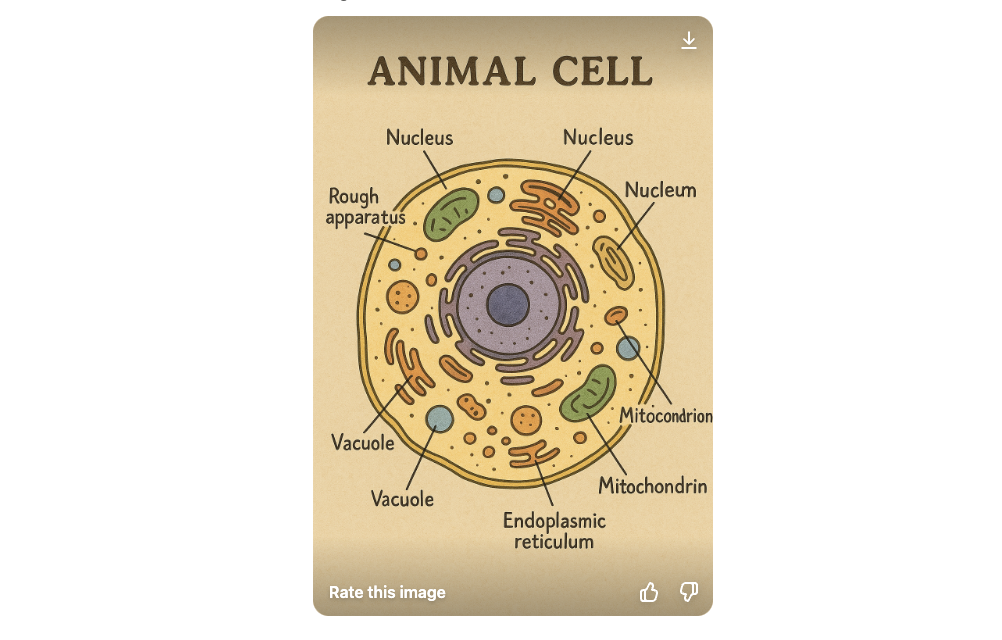
As Sam Cooke put it, "I don't know much biology," but I'm pretty sure most cells have one nucleus, and it's, like, located closer to the center, maybe?
Teachers, however, can guard against these types of mistakes. The worst thing about OpenAI's new art-generating capabilities is it continues the trend of large tech companies profiting off of art they did not create originally without compensating artists. Artists at Studio Ghibli, for instance, deserve compensation for all the images being created in the style of their distinctive and iconic work.
Bottom Line
OpenAI's new art generator is one of the best around, and even though it's not particularly helpful for my teaching purposes, I'm sure other teachers who are more creative than me will develop innovative ways to use to inspire students. But with these new abilities come new ethical questions. Right now, those ethical implications are too murky for me to use it to create class materials.
That said, it is more fun than any AI tool I've used recently. Like, addictively fun!
Here's it taking my headshot and giving it the Studio Ghibli treatment.
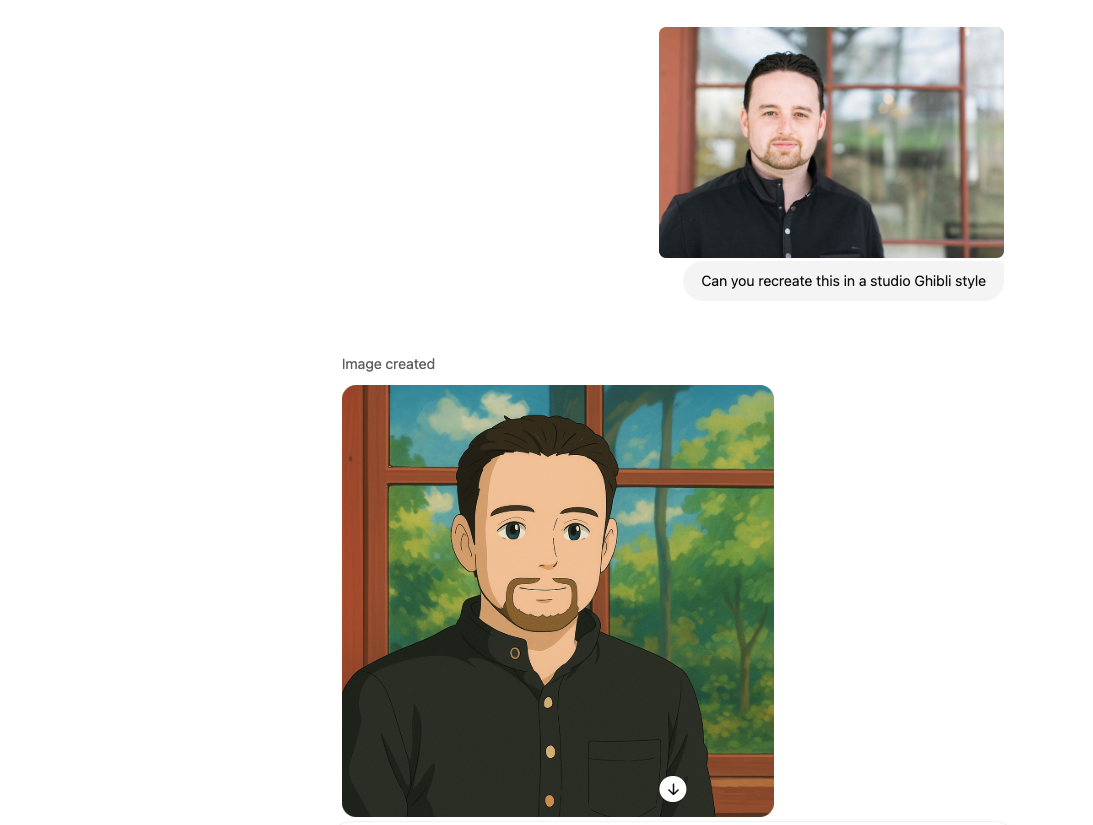
And here's what happens when I asked it to give me a sword and send me on a quest. My misgivings about this technology notwithstanding, I will admit my Studio Ghibli avatar is looking sharp and appreciate that he seems to spend more time at the gym than I do.
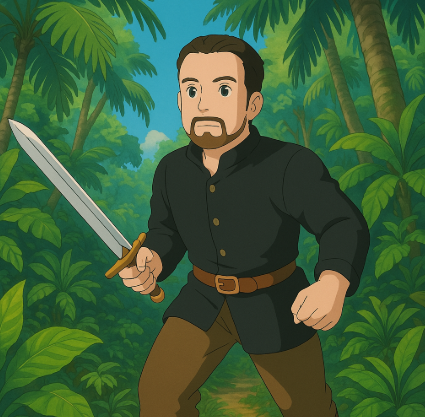
Erik Ofgang is a Tech & Learning contributor. A journalist, author and educator, his work has appeared in The New York Times, the Washington Post, the Smithsonian, The Atlantic, and Associated Press. He currently teaches at Western Connecticut State University’s MFA program. While a staff writer at Connecticut Magazine he won a Society of Professional Journalism Award for his education reporting. He is interested in how humans learn and how technology can make that more effective.

